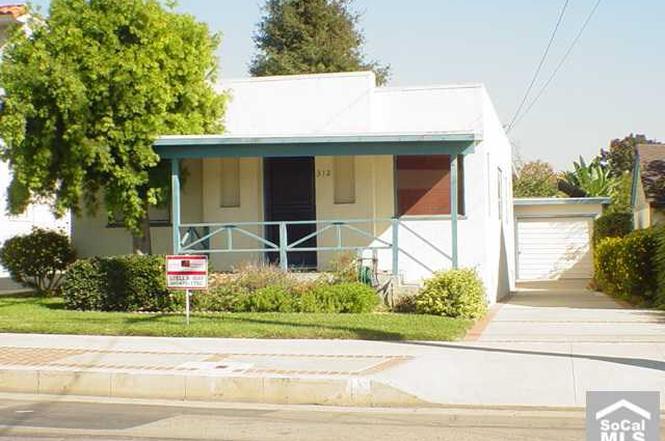I was adopted at birth by James Gordon Roper, born 1904 in Indiana, and Marjorie Kirkwood, born 1916 in Wyoming. (To avoid confusion we’ll leave my birth parents out of this).
In the adoption papers I have from my mother’s files, my father had been married twice before, and my mother once. I had the names of all the spouses and approximate dates of their marriages; there were no listed children from this marriage (however there was a stepchild mentioned from marriage number two).
My father had a son with a woman out of wedlock, born in 1949. Gordon was born blind and severely mentally handicapped, due to his premature birth. At the age of 7, he was transferred into the California State care program and lived in institutions or care facilities for the remainder of his life. He died in 2021. I consider Gordon my half-brother, although the exact determination is unclear (my genealogy relationship calculator considers him my brother, although there is no blood relation due to adoption).
When Gordon died his case worker was kind enough to send me a few medical records that had been archived from his file, however, they only really covered his admission into the program; nothing further after 1960 was sent. Recently, I took the time to actually read through the documents and found some interesting details and tidbits in the notes.
When my father took Gordon to the original facility, admission paperwork reported he had been married twice; the first ended in annulment and the second in divorce. This wasn’t news to me; however, he also states he married when Gordon was about 3 years old and there was a child born from this marriage when Gordon was about 3 ½. Statements made in the report are
The first marriage was annulled and the second marriage ended in divorce after 5 years. A child was born in this 2nd marriage.
Dad married again when Gordon was about 3 years old.
That looks pretty clear until you start to fill in the dates of marriages and births of children. I’ve written this out several different ways, but I finally sat down last night and taught myself how to do a timeline on Google Docs (thanks YouTube!) for it to make more sense.
Still with me? Good!
IF my father indeed married a woman when Gordon was 3 ½, that marriage would have taken place in roughly 1951-1953, and the unknown male child would have been born sometime in that time period as well. However, thanks
to California’s vital records, I can’t access divorce or annulment documents
before 1966. I’m working on it, but it’s not available on Ancestry or Family Search
so I’ll have to talk to people or do a records request through the California
court system. This requires I know the county where the divorce proceeding took place. Assuming it's LA County, that shouldn't be too bad. But if they got divorced in another county, or maybe even took it to Reno...
My dad's marital status is listed as "Separated" in the 1950 US Census of Los Angeles County. My brother Gordon is living with him, born in December (less than one-year-old at the time of the census). UNDERNEATH my father's name and above Gordon's name are two names, both lined out. "Wife", "W" (white), "F" (Female), "Mar" (married), and "Iowa" (place of birth) are also lined out.
IF my father indeed married a woman when Gordon was 3 ½, that marriage would have taken place in roughly 1951-1953, and the unknown male child would have been born sometime in that time period as well. However, thanks to California’s vital records, I can’t access divorce or annulment documents before 1966. I’m working on it, but it’s not available on Ancestry or Family Search so I’ll have to talk to people or do a records request through the California court system. This requires I know the county where the divorce proceeding took place. Assuming it's LA County, that shouldn't be too bad. But if they got divorced in another county, or maybe even took it to Reno...
%201950%20United%20States%20Census,%20California%20Los%20Angeles%20Co.jpg)
1) Elizabeth & dad were still married, however, divorced before December 1959 (possibly by 1950 if he lists “Separated” on the census). Elizabeth remarried in 1960 to Mr. Lyman.
This would mean Philip is James Gordon Roper’s son, however, he doesn’t have the Roper last name; AND this doesn’t add up with the age of the child, and the marriage information given in the admission paperwork in 1958.
3) Elizabeth Coombs and my father had a child together, making Philip the stepchild referred to in the adoption paperwork I referenced earlier. Perhaps Elizabeth and Dad reconciled and remarried in 1951-1953, then divorced? Perhaps she changed the child’s surname after the divorce, or did not list the father’s name on the birth certificate? I again, cannot find documentation for this marriage or birth.
Are there more possibilities? Am I overthinking this? Does it even matter as I'm not related by blood to this child?























































